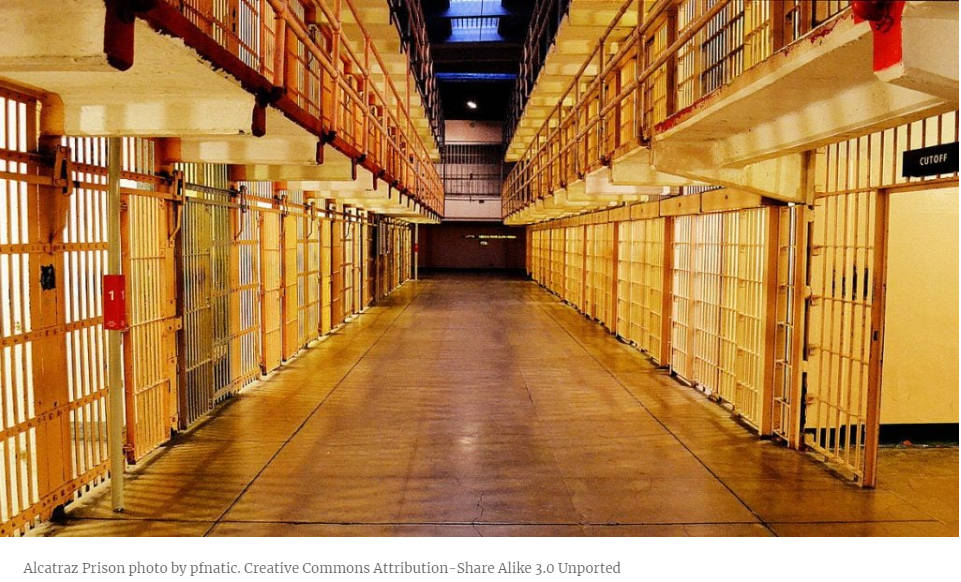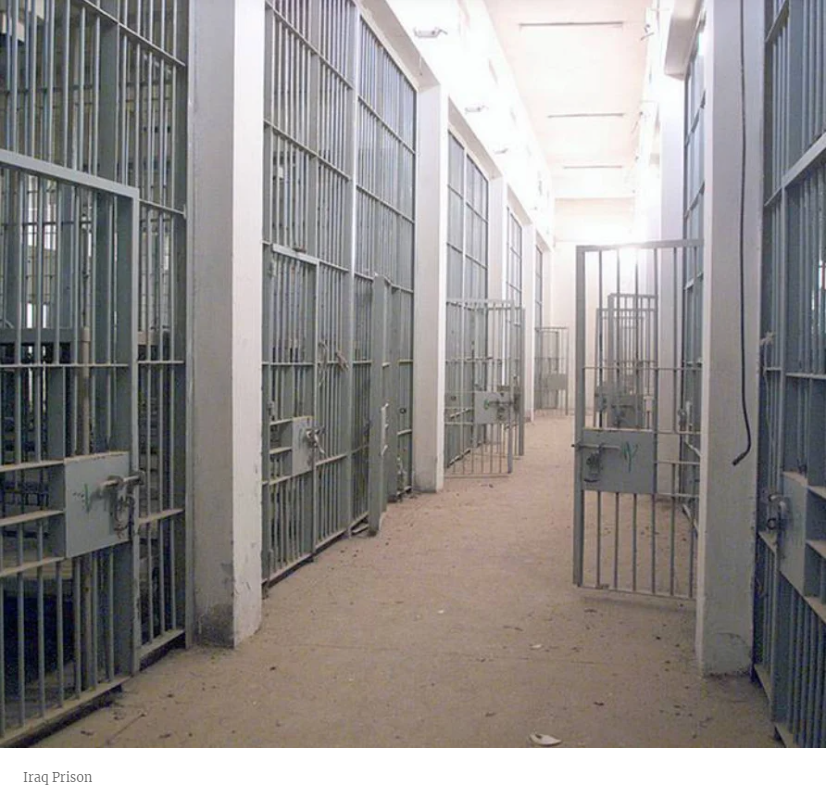
The Mostly Violent Prison Population Decreased Every Year Since 2013
The Mostly Violent Prison Population Decreased Every Year Since 2013. The U.S. prison population was 1,204,300 at year end 2021, a 25% decrease from 2011 (1,599,000).
Per the Bureau Of Justice Statistics, 58% of all persons imprisoned by states had been sentenced for violent offenses. If we consider criminal histories, the great majority of incarcerated people have backgrounds of violence or are multiple repeat offenders.
Background-Criminal Histories
Seventy-eight percent of inmates had previous incarcerations.
Forty-two percent had 5-10 or more incarcerations.
The vast majority of prison inmates have multiple previous arrests and incarcerations. The vast majority have histories of violence.
Source Prior Incarcerations

Background-Violent Offenders
58% of all persons imprisoned by states had been sentenced for violent offenses (710,800 prisoners), including almost 14% each for rape or sexual assault and for aggravated or simple assault, 13% for murder or nonnegligent manslaughter, and 12% for robbery.
If we include criminal histories, most incarcerated people have backgrounds of violence.
Source Bureau Of Justice Statistics
Total Prison Population Numbers-Bureau Of Justice Statistics
A total of 1,204,300 persons were held in state or federal prisons across the United States at yearend 2021, about 16,800 fewer than at year end 2020 (1,221,200).
The state prison population decreased by 22,000 persons (down 2%) from year end 2020 to year end 2021, while the BOP population increased by 5,200 (up 3%).
The total prison population has decreased every year since 2013, making 2021 the eighth consecutive year of decline.
At year end 2021, there were 394,600 fewer prisoners (down 25%) under the jurisdiction of state or federal correctional facilities than a decade earlier.
Females represented almost 7% of the total prison population in 2021, up from 4% in 1978.
The percentage of persons in state or federal prison who were female peaked at 7.6% in 2018.
Each year from 2003 to 2019, more than 100,000 females were held in state or federal prison.
The number of females in state or federal prison on December 31, 2021 (83,300) was the smallest since year end 1997 (79,200).
Growth Or Declines In State And Federal Incarcerations
Crime Data And Released Offenders
Per the Bureau Of Justice Statistics, released prisoners committed an estimated 1,994,000 arrests, an average of 5 arrests per offender. The vast majority of released prisoners are arrested again.
A ten-year study from the Bureau of Justice Statistics shows that 82% were arrested at least once during the 10 years following release. Offenders committed well over two million new crimes. About 61% of prisoners released in 2008 returned to prison within 10 years for a parole or probation violation or a new sentence.
Based on the above, there is an obvious connection between released offenders and violence.
Most Recent Crime Data
To suggest that this year’s crime numbers are massively complex (based on their methodologies and problems collecting data) would be an understatement. You could legitimately state that violent crime did not increase in 2021 (the latest full-year data) based on numbers from the FBI and the National Crime Victimization Survey.
But it’s equally correct to state that, per the FBI, homicides increased considerably between 2019 and 2021 (nearly 30 percent in 2020 and 4.3 percent in 2021) and that murders have been traditionally used by criminologists as an indicator of all violent crime. Rapes also increased in 2021.
The 2021 US firearm homicides (81 percent of all murders) were the highest since the 1990s, Centers For Disease Control (CDC) data show. They recorded an 8.3 percent increase in 2021, CNN.
The risk of victimization while a person was out in public rose by nearly 40% by April 2020, National Academy Of Sciences.
From 2020 to 2021, the violent victimization rate increased from 19.0 to 24.5 victimizations per 1,000 persons in urban areas while remaining unchanged in suburban or rural areas. The rate of serious (excluding common assaults) violent victimization in urban areas also increased, per the Bureau of Justice Statistics National Crime Victimization Survey.
Per Gallup, there is a big increase in the criminal victimization of urban households in 2021, 30 percent compared to 22 percent in 2020. Seven percent of urban residents were violently victimized compared to 3% of U.S. adults. The collective data (urban crime victimization-computer crime) indicates a growing crime problem for at least half of American households (link below).
Per other reputable sources, there were increases in aggravated assaults, firearm assaults, and motor vehicle thefts (link below).
Yet it’s the official position of the US Department of Justice via the FBI and the National Crime Victimization Survey that overall violent crime was flat for 2021.
Source Violent And Property Crime In The US

Conclusions
Per a 2021 document from Pew, The U.S. incarceration rate fell to its lowest level since 1995, according to recently published data from the Bureau of Justice Statistics (BJS), the statistical arm of the Department of Justice.
From 2010 to 2020, the correctional population (prison-jail-parole and probation) decreased 22.4% (down 1,588,400 persons).
COVID and criminal justice reform were the reasons for the decrease along with plummeting police arrests.
Per the Bureau of Justice Statistics, the average time served was less than three years for violent offenders and less than two years for property offenders.
The question is whether released offenders (or the overall number of incarcerated offenders) have an impact on violence and overall crime. Based on the data above, the impact seems conclusive.
See More
See more articles on crime and justice at Crime in America.
Most Dangerous Cities/States/Countries at Most Dangerous Cities.
US Crime Rates at Nationwide Crime Rates.
National Offender Recidivism Rates at Offender Recidivism.
An Overview Of Data On Mental Health at Mental Health And Crime.
The Crime in America.Net RSS feed (https://crimeinamerica.net/?feed=rss2) provides subscribers with a means to stay informed about the latest news, publications, and other announcements from the site.
Author
Leonard Adam Sipes, Jr.
Retired federal senior spokesperson. Thirty-five years of directing award-winning public relations for national and state criminal justice agencies. Interviewed multiple times by every national news outlet. Former Senior Specialist for Crime Prevention for the Department of Justice’s clearinghouse. Former Director of Information Services, National Crime Prevention Council. Former Adjunct Associate Professor of criminology and public affairs-University of Maryland, University College. Former advisor to presidential and gubernatorial campaigns. Former advisor to the “McGruff-Take a Bite Out of Crime” national media campaign. Certificate of Advanced Study-Johns Hopkins University. Former police officer. Aspiring drummer.
Author of ”Success With The Media: Everything You Need To Survive Reporters and Your Organization” available at Amazon and additional booksellers.